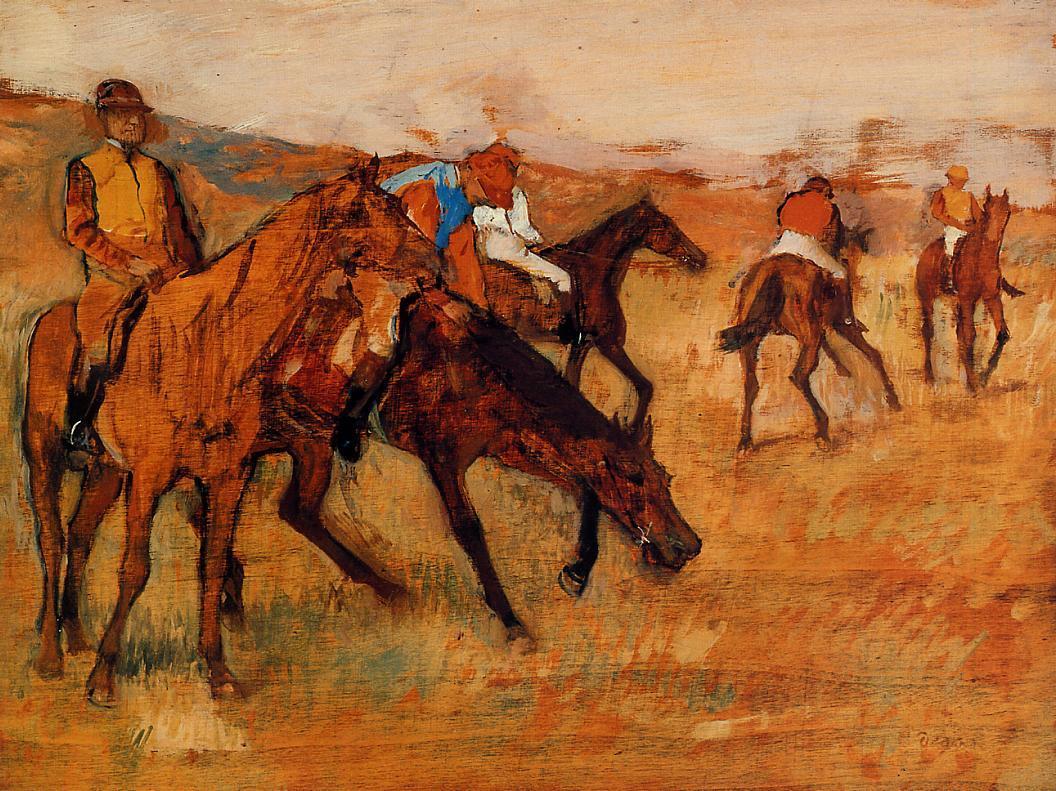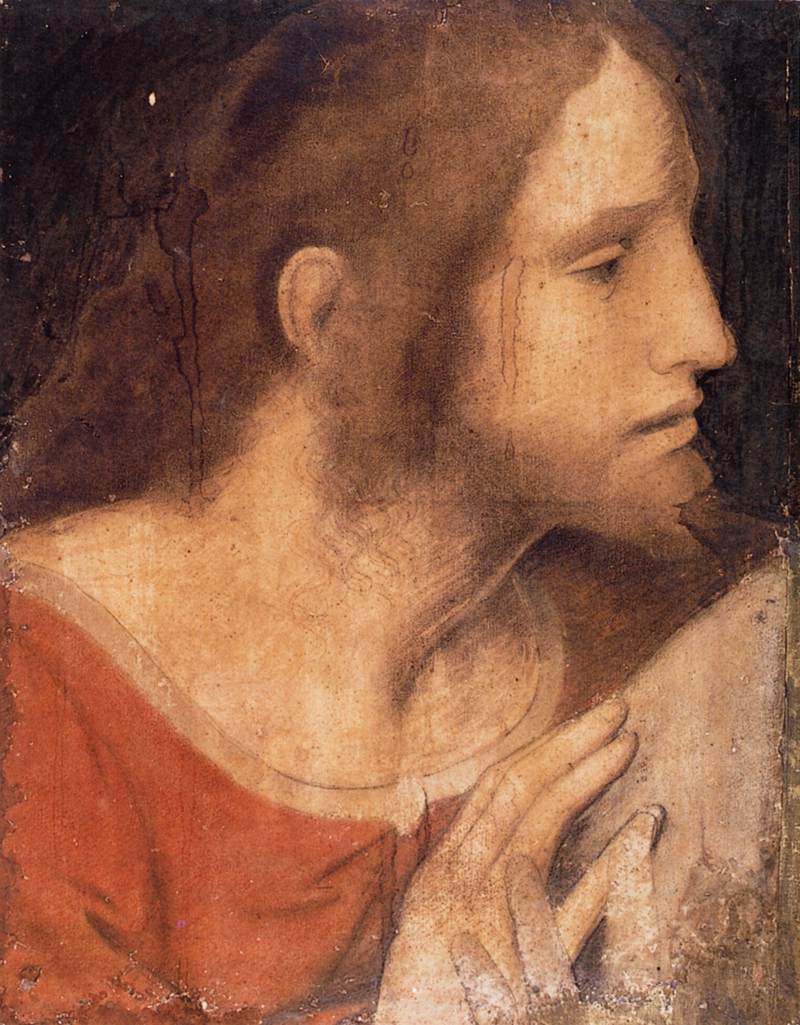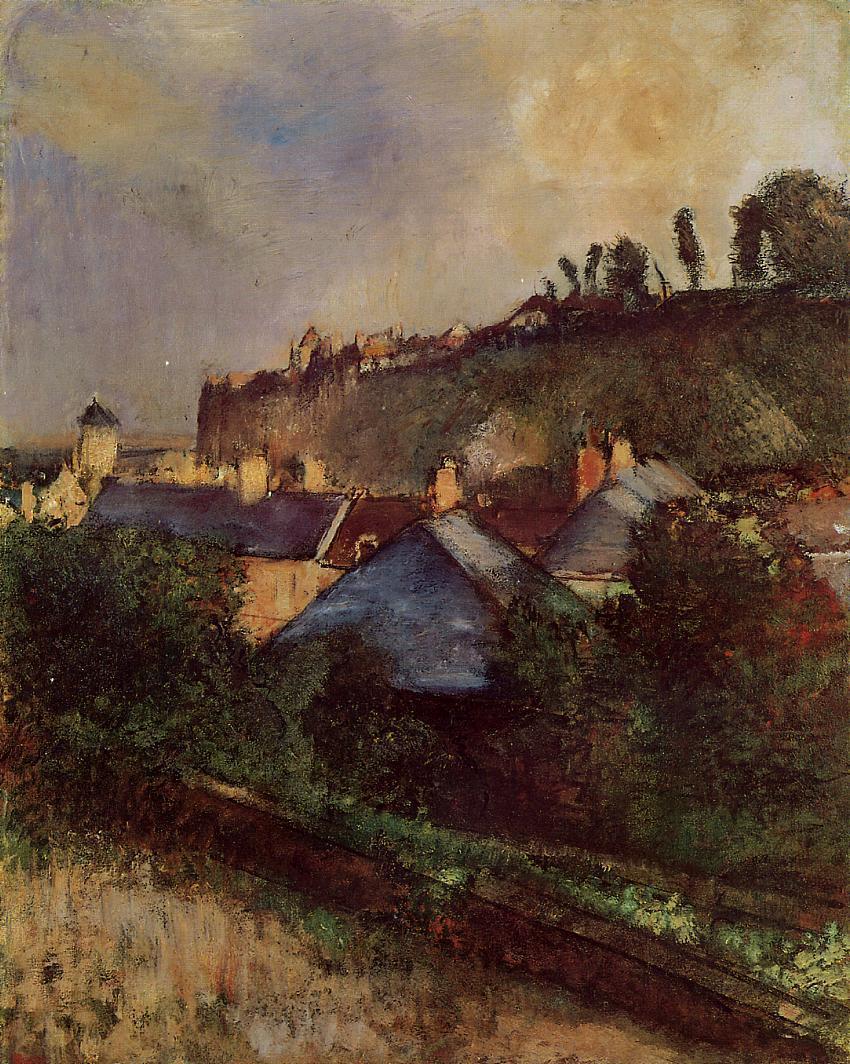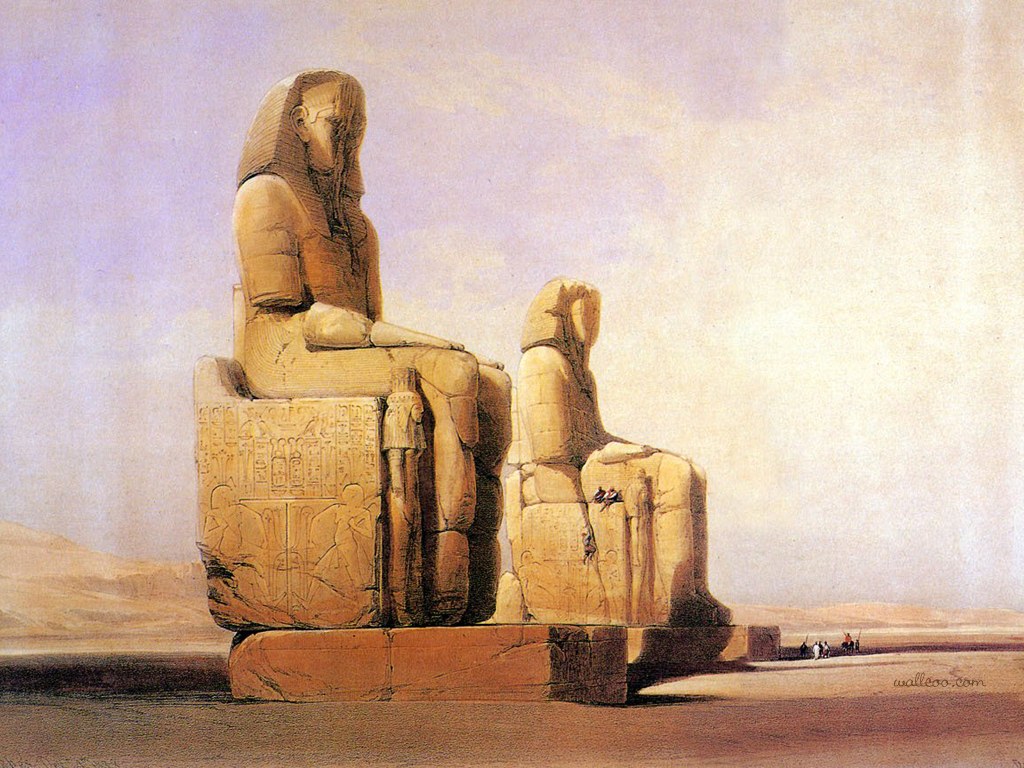French Impressionist painter, Edgar Degas (1834-1917), began painting scenes with horses in the 1860s.
For biographical notes -in english and italian- and other works by Degas see Edgar Degas | Realist/Impressionist painter and sculptor.
Other from Edgar Degas:
- Edgar Degas | Landscapes.
- Edgar Degas | Drawing.
- Edgar Degas al Metropolitan Museum.
- Edgar Degas | Sculpture.
- Edgar Degas & Mary Cassatt.
- Edgar Degas ~ The Bather series.
- Edgar Degas ~ The Impressionist Ballet dancers.












